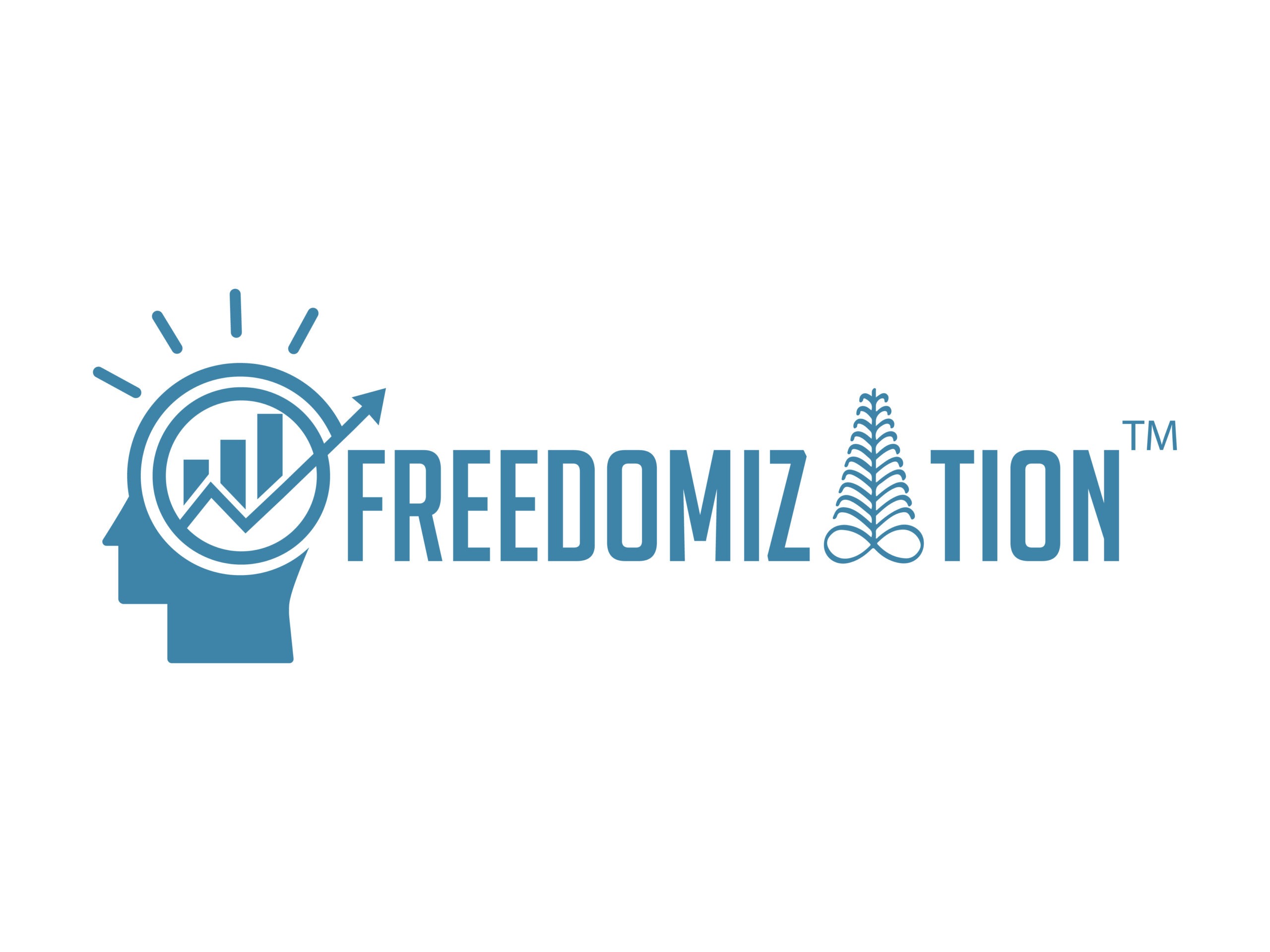Every private assets due diligence report has “thoroughness” or the “impression of thoroughness” as an explicit or implicit goal. Why would you lock up capital for such a long time without adequate probing, prodding, analyzing, assessing, devil’s advocating, and soul searching? A well-written report embodies gruesome hand-to-hand (with medieval weapons) mental combat camouflaged by formal business language and intellectual jargon. Every time I am amid deep due diligence it feels like I am walking around with an invisible 100-pound anchor around my neck. During family time, other manager meetings, or even when sleeping, multiple scenarios, possible blind spots, and likely risks are constantly pirouetting in my mind. Other than meeting personal high standards for thorough and convincing work, arguments must be framed for broader audiences with varying degrees of skepticism, sophistication, and patience (regarding getting to the punch line).
The part of a due diligence report that arguably causes the most heartache is the “Concerns” section. This document segment goes by many aliases depending on organizational preferences, the desired shock factor, and the chosen intellectual stance. “Cons”, “Negatives”, “Issues”, “Drawbacks”, “Weaknesses”, and “Risks”, are a few other ways I have seen “Concerns” labeled in research reports. Regardless of organizational nomenclature, the “Concerns” section is primarily intended to convey a thoughtful assessment of aspects of the proposed investment that may cause expectations not to be met. The writing of this section is challenging because blatant negatives could turn off potential supporters, and softball drawbacks might suggest a lack of critical thinking. To suggest that there is one correct approach to presenting investment obstacles would be naive, but I do believe that some approaches are more credible than others. Additionally, it is important to emphasize the importance of GPs in helping prospective LPs get over, or at the very least, become comfortable with things that could go wrong with an investment strategy. GPs who take a well-rounded approach (including playing devil’s advocate in areas that may seem guaranteed) when giving presentations and preparing fund materials can demonstrate the resilience of an investment strategy.
Below are a few ways I have seen effective and ineffective counterarguments constructed in the “Concerns” section of due diligence reports.
- Probable and seemingly improbable outcome scenarios: It is easy to describe the most likely scenarios within which an investment strategy may lose course. On the other hand, scenarios that appear implausible tend to be difficult to comprehend, are forgotten completely, or are simply overlooked. Since fresh in the memories, you don’t have to cast your mind back too far to remember the alphabet soup of economic recovery scenarios during the GFC. “U”, “V”, “W”, “K”, and “L” are a few of the recovery shapes that rolled off the tongues of a slew of economists. Some scenarios seemed probable, some seemed like a stretch but were still fathomable, and others just sounded ridiculous. However, thinking about all the different ways the future could unfold, allowed for critical thought and mental preparation. I think about the “Concerns” section in the same way – it does not have to be a rabbit-hole thesis of every possible scenario, but it has to convey a decent breadth of consequence assessment.
- Not every concern needs a counterpoint: Inoculating the ramifications of concerns by immediately providing counterpoints is a common technique implemented by analysts in research reports. This is an attempt to numb the blow of hard-hitting negative points that could induce a “NO” vote from investment committee members. It is also a way to depict the thoroughness of overall research. However, in my opinion, providing counterpoints, or “mitigants” as many label them, for every strategy concern is unnecessary. There is no doubt that counterpoints can be useful for ensuring that some concerns are not just mentioned without consideration for contingencies. Some concerns, however, have counterpoints that are either so weak, so obvious, or simply non-existent that mentioning them weakens the entire report’s credibility. If the analyst writing the report possesses any measure of credibility amongst peers (and the investment committee), he/she should know that the act of choosing to proceed with the grueling task of due diligence and then taking the time/effort to write a thorough diligence report already implies an affirmative inclination for the strategy (after major negatives and positives have been weighed). For example, if due diligence is being conducted on a fund whose entire strategy revolves around “supply chain”, and one of the listed concerns is that “supply chain could lose its luster as an investment darling in the short to medium term and hence may encounter a capital crunch”, I would argue that there is no need for a mitigant or counterpoint here because the entire report implies a positive outlook on the supply chain industry.
- Other people’s opinions matter: Some organizations designate a devil’s advocate for every investment idea whose sole purpose is to poke holes in the thesis. The assigned dissenter might be an expert in the strategy being reviewed or someone from an entirely different field. Regardless of the background of feedback providers, the opinions of teammates who are not as vested or biased as the report writer are valuable and should be mined early in the due diligence process. I have found that convincing “Concerns” sections typically consider the opinions of others and don’t only rely on what the report writer views as important.
- Thoughts on downside protection: It is undeniable that the potential return of a strategy is linked to the risk being taken to achieve it – no breaking news here. However, there is sometimes an overemphasis on “downside protection”. Some strategies are underpinned by downside protection, so it makes sense to emphasize the stability of underlying assets or the cash-yielding characteristics of the investment. For other strategies in the riskier realm, the topic of downside protection always seems to water down the actual risk being taken. Are you in or out? Do you want to invest, or do you want to play a game of semantics and self-deceit? Due diligence reports should always indicate the riskiness of a strategy (under the “Concerns” section or elsewhere), but I believe the degree of heavy-handedness in explaining downside protection should be moderate for investment opportunities whose risk is implicit just by the type of strategy (e.g. venture, growth, opportunistic real estate, upstream energy, etc.).
- The powerlessness excuse: I have never been a fan of points in the “Concerns” section that state something that can be universally agreed to be egregious but is then justified with something along the lines of “this is what all the kids are doing these days” or “it is not standard industry practice, but this manager/sponsor has earned the right to do it” or “it is just something we have to live with”. Please take a real stance! If there is nothing you can do about it, and you are still comfortable with the strategy, then why have this point in the “Concerns” section at all? How concerning is it really to you? Don’t state something shocking like a crazy fund size jump, an abnormal hike in carry, or a significant decrease in the GP commitment, and then proceed to justify it with the “inability to fight it” excuse. This is just a pet peeve I had to mention.
Investment managers/sponsors are acutely aware that prospective investors are using all interactions, materials, and market intelligence to build some sort of report on them. GPs helping to ease the report-building process for these investors through honest exchanges, unwavering transparency, and authentic objectivity, goes a long way in securing a place in their good graces.
Anthony Kwesi Hagan
Founder and Head of Research, FreedomizationTM
September 1st, 2024.


